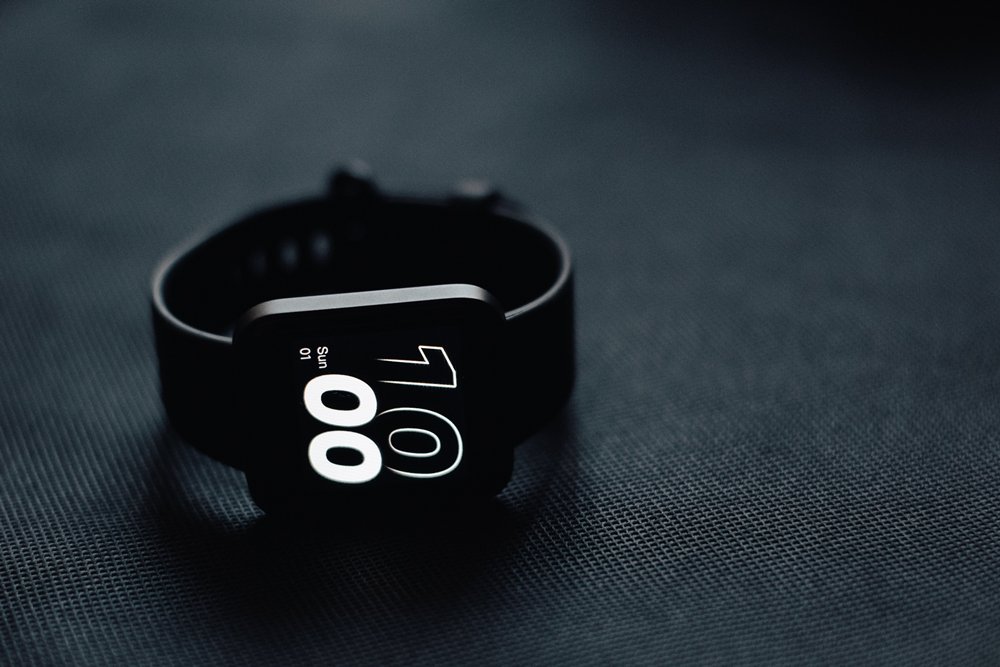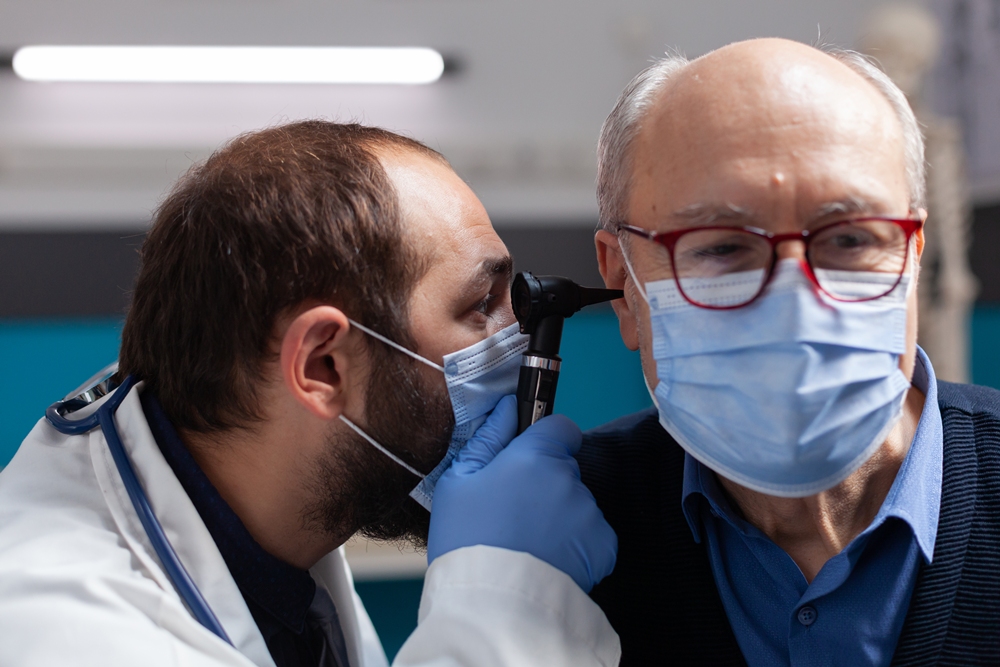
Your smartwatch just buzzed, and it’s telling you to stand up during your 2 PM meeting. So, you take a quick walk to grab water, and without realizing it, you’ve just reduced your cardiovascular disease risk. Such a scene plays out millions of times each day everywhere in the world, and it’s affecting the way we take care our health.
Well, people who wear fitness trackers walk about 1,800 more steps every day – and work out 40 minutes more per week. Even though it doesn’t sound much, adding just 2,337 steps to your daily routine significantly cuts your risk of heart disease – and every extra 500 steps you take reduces your chance of dying from any cause.
Smart Devices Now Detect AFib and Monitor Blood Sugar Through Your Skin
Modern wearables are pretty useful – a single device on your wrist can now track your heart rhythm, blood pressure, body temperature, and oxygen levels.
Such devices analyze your patterns and predict problems before they happen – your watch might notice your heart rate spikes every Monday morning. It connects this pattern to your poor Sunday night sleep and suggests breathing exercises right when you need them most. So, you basically have a health coach who knows your body’s rhythms better than you do.
But these watches have become lifestyle hubs as well – you can watch over your morning run, track sleep quality, and stay connected to everything from work emails to some important updates.
Many people love to receive notifications from all their apps in one place – and everything now turns toward mobiles. Gaming expert Wilna van Wyk recently mentioned how smooth modern payment systems work with popular casino sites – and for further information on the best credit card casino options, her detailed analysis breaks down all you need to know.
78% of Users Share Health Data but Only 26% Actually Do It
Wearables get into human psychology – they make what researchers call “micro-feedback loops” – tiny nudges when you’ve sat too long, celebration animations when you hit goals, gentle reminders to breathe when stressed. So, all these small moments build some habits without you even trying.
About 36% of Americans now use wearables, up from 28% just three years ago – and households that earn more than $75,000 have 30% adoption rates. Women lead the trend with 16.4% usage compared to 13.5% for men. Younger people love the tech more, but older adults are also catching up fast as devices become simpler.
But the interesting part is that 78% of users say they want to share their data with doctors, but only 26% actually do it – the gap shows we still need better integration between consumer devices and healthcare systems. Doctors want this data – it gives them a real picture of your health between visits.
Sweat Sensors and Sleep Labs on Your Wrist Change Everything
The tech inside these devices has reached incredible sophistication, though. Sweat sensors measure electrolyte loss, dehydration, and stress markers – while some devices explore blood sugar monitoring without needles. Temperature sensors track fever patterns – so, your watch literally runs a mini medical lab 24/7.
Sleep tracking has completely changed – and devices now identify light, deep, and REM sleep stages using heart rate variability, skin temperature, and movement patterns. So, you get insights that once required overnight stays in sleep clinics. Users discover that their afternoon coffee ruins their deep sleep, or that dropping bedroom temperature by two degrees adds 30 minutes of REM sleep.
Hospitals now send patients home with wearable monitoring kits after surgery – such devices track recovery and alert doctors to problems before they become serious.
Mental Health Monitoring Prevents Burnout Before It Starts
Wearables now track stress through heart rate variability, breathing patterns, and skin temperature changes. When your stress spikes, your watch suggests breathing exercises or a quick walk – and some devices analyze voice tone changes to spot early depression signs.
Research shows these mental health features combat anxiety and depression by motivating you for some physical activity, which has proven antidepressant effects. The devices make mental health management proactive rather than reactive – you solve your stress before it becomes overwhelming.
Next Five Years Will Bring Non-Invasive Glucose Monitoring
The future looks remarkable – companies are developing contact lenses that monitor glucose, shirts that track muscle activity, and patches that analyze sweat for more health markers. AI will soon get your watch to act as a real-time health coach that gives you personalized advice based on your patterns.
But privacy still remains the biggest concern, as they collect intimate data about our bodies and behaviors. Companies are improving encryption and giving users more control, but trust-building keeps going.
The Takeaway
Wearables have made a big step forward – now being one of the most essential health tools. So, they prevent disease, might detect some problems early, and coach us toward better habits.
By turning health data into gentle nudges and small daily improvements, such devices help millions live healthier without dramatic lifestyle overhauls. Your health’s future is right there on your wrist, quietly helping you build a healthier tomorrow, one step at a time.





